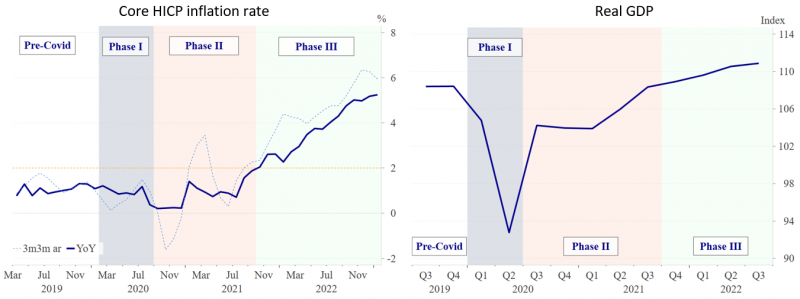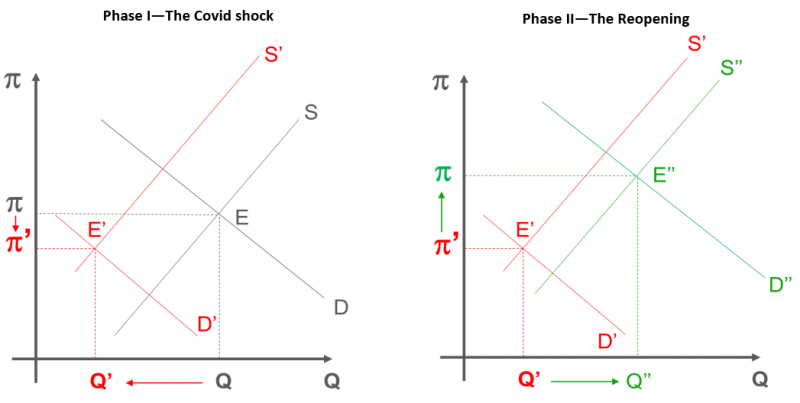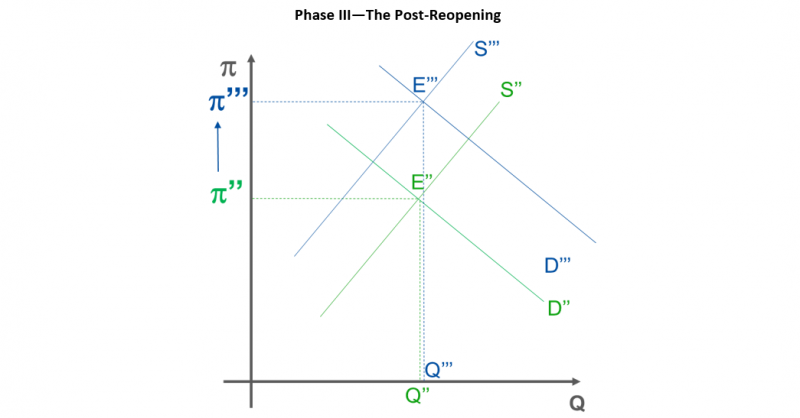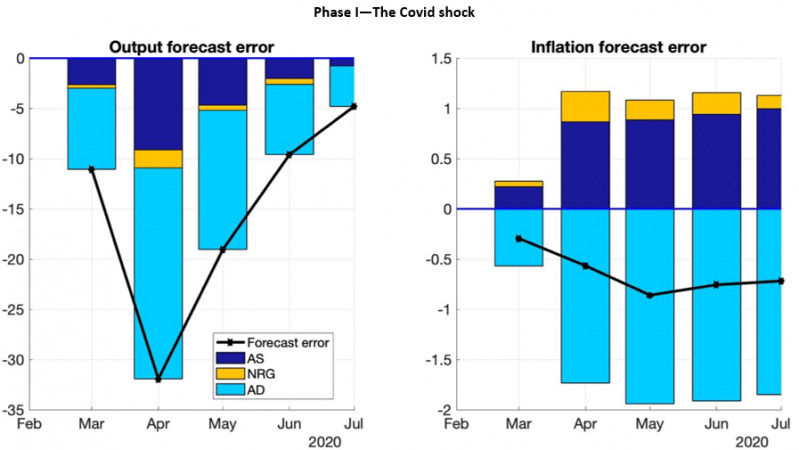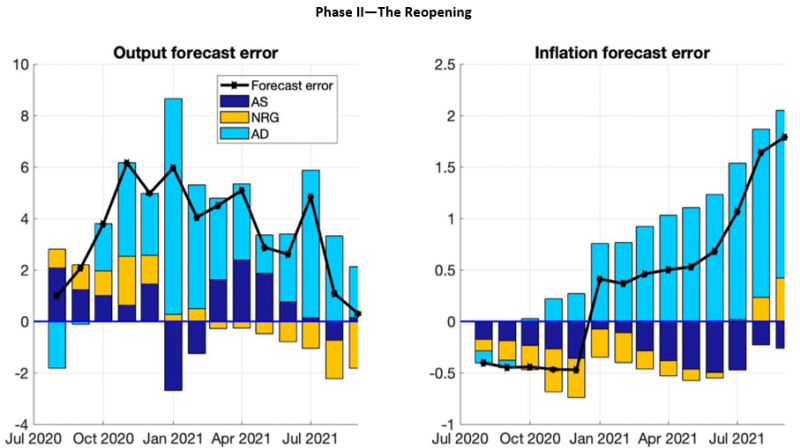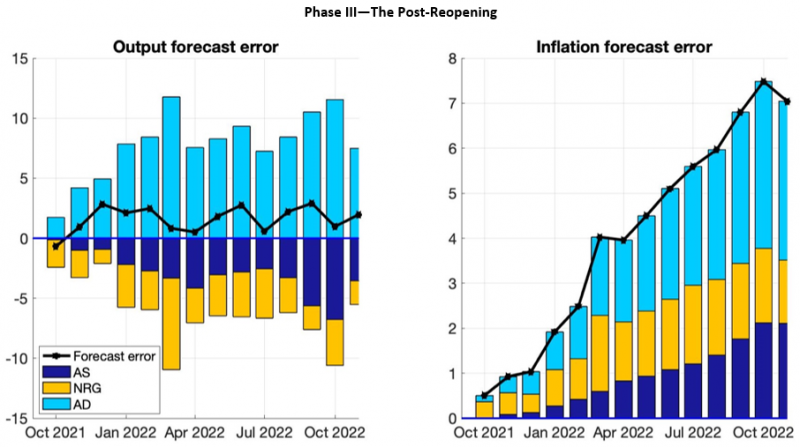References
Andersson, M., Doleschel, J., Gomez-Salvador, R., Gonçalves, González Pardo, B., E., Koester, G., and Lebastard, L., (2022). “Inflation developments in the euro area and the United States” Economic Bulletin Boxes, European Central Bank, vol. 8.
https://www.ecb.europa.eu/pub/economic-bulletin/focus/2023/html/ecb.ebbox202208…Arias, J. E., Rubio-Ramírez, J. F., & Waggoner, D. F. (2018). “Inference Based on SVARs Identified with Sign and Zero Restrictions: Theory and Applications”, Econometrica, 86(2), 685–720.
Binici, M., Centorrino, S., Cevik, S., and Gwon, G. (2022). “Here Comes the Change: The Role of Global and Domestic Factors in Post-Pandemic Inflation in Europe”, IMF Working Papers, 2022(241),
https://www.elibrary.imf.org/view/journals/001/2022/241/article-A001-en.xmlCascaldi-Garcia, D., Musa O., and Zina S. (2023). “Drivers of Post-pandemic Inflation in Selected Advanced Economies and Implications for the Outlook,” FEDS Notes. Washington: Board of Governors of the Federal Reserve System,
https://doi.org/10.17016/2380-7172.3232Villani, M. (2009), “Steady-state priors for vector autoregressions”, Journal of Applied Econometrics, Vol. 24, No.4


